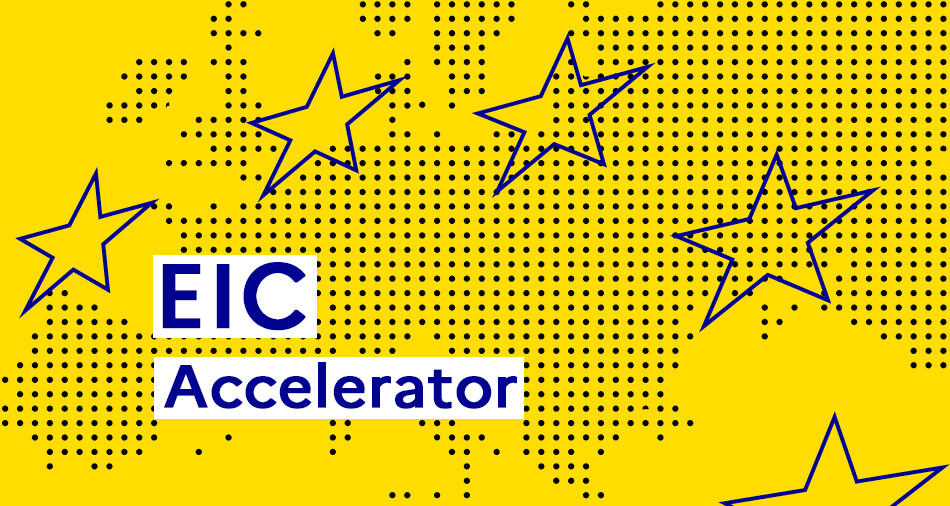ExpectedOutcome:
Projects’ results are expected to contribute to some or all of the following outcomes:
- Increased interoperability of existing (and foreseeable upcoming) customs control equipment at tactical level, multi-supplier, multi-authority and cross-border;
- More efficient and quicker availability, for EU customs practitioners, of reference data (such as spectra) on threats and dangerous and/or illicit materials;
- Building capabilities for a more harmonised European application of customs controls based on risk management and trade facilitation.
Scope:
European customs, as all operators and citizens, also work in our digitalised and interconnected world of equipment, systems, and data. On the one hand, this opens opportunities to harness their capacity to facilitate trade while protecting the security and safety of citizens and benefiting the EU’s economy. On the other hand, the proliferation of equipment, system and data, often from different suppliers and in different versions, may also present challenges in terms of interoperability and an efficient management of flows of goods across the external borders of the Custom Union. Furthermore, the strategy of the “European custom union acting as one” implies that other authorities beyond customs use that same equipment. It also means that equipment, including mobile one, is shared among Member States to increase cooperation and collaboration on checking flows of goods across European borders. Finally, it equally means that standards and technical specifications for customs control equipment are harmonised.
Another challenge for European customs control capabilities is the rapid availability of, and rapidly shared, data references for (new) threats and illicit materials.
All this calls for research and innovation for solutions that prepare and increase the interoperability of customs control equipment and data at “tactical” level, in terms of multi-authority, cross-border, multi-supplier interoperability as well as linkages among Member States and Commission systems, and the more rapid availability and sharing of libraries of reference data for target substances or materials. There is room for innovation to improve access to updated spectra (or other formats or references) of target substances and materials when they appear; easily make them available to customs’ devices; and improve data for libraries.
The solution(s) proposed under this topic should define the requirements and way forward to enable and enhance the interoperability of customs control equipment and of data used in different Member States and/or by different authorities at national level, as well as Commission systems.
The proposed solution(s) should address how to make libraries of data references on target substances and materials more rapidly available and shared with authorities; to update and share them faster and securely; to enable quicker tackling of illegal substances and materials, either innovating current approaches or designing altogether new approaches for reference libraries.
EU customs authorities should take up the results of the research in the framework of the Customs Union “acting as one”, with the support of the Customs Control Equipment Instrument (CCEI). The CCEI will enable not only the possibility to establish harmonisation through common standards and technical specifications but will offer access to actively fund equipment across the Member States to fulfil these common standards.
The proposed solution should include privacy enhancing techniques to allow the sharing of tools without the sharing of data beyond what is strictly necessary. Leaking or compromising personal data should be avoided in the transfer of tools or models.
Improving energy efficiency and environmental impact aspects of new security technologies for this capability (e.g. low environmental footprint, low emissions, circular economy aspects and/or self-sustained equipment) would be desirable.
Examples of technologies and approaches that can be explored by the research projects include (non-prescriptive and non-exhaustive): blockchain/DLT, artificial intelligence; spectroscopy, data fusion.
Research projects should consider, build on (if appropriate) and not duplicate previous research, including but not limited to research by other recent EU Framework Programmes projects on security research.
Proposals should delineate the plans for further development to subsequent TRLs as well as uptake (industrialisation, commercialisation, acquisition and/or deployment) at national and EU level, should the research deliver on its goals.





